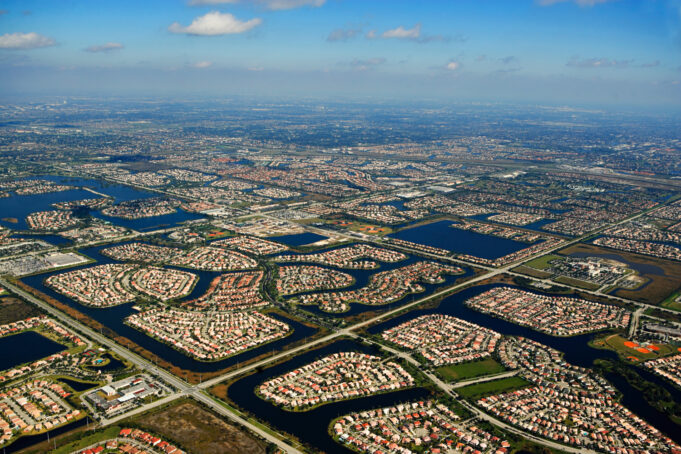A recent study has unveiled a disturbing trend: urban growth is intensifying drought conditions in many cities worldwide. This phenomenon, often exacerbated by a lack of green spaces and the prevalence of impervious surfaces, is creating a perfect storm for water scarcity and heat stress.
How Cities Worsen Drought
- Urban Heat Island Effect: Buildings, roads, and concrete absorb and retain heat, creating warmer urban environments. Warmer air holds more moisture, leading to drier conditions.
- Reduced Infiltration: Impervious surfaces prevent rainwater from infiltrating the soil, reducing groundwater recharge and increasing runoff.
- Loss of Vegetation: Trees and plants play a crucial role in evapotranspiration, a process that cools the environment and adds moisture to the air. Urban sprawl reduces vegetation cover, exacerbating drought conditions.
The Impact on Water Treatment:
These changes in the urban water cycle pose significant challenges for water treatment professionals:
- Increased Demand: As drought intensifies, water demand surges, putting pressure on existing infrastructure.
- Water Quality Issues: Reduced infiltration and increased runoff can lead to higher levels of pollutants in water bodies, complicating treatment processes.
- Energy Consumption: Treating water in drought conditions often requires more energy due to factors like increased pumping and treatment chemical usage.
Strategies for Building Resilient Water Systems
To mitigate the impacts of urban drought, water treatment professionals and city planners must collaborate on the following strategies:
- Green Infrastructure: Incorporating green spaces, such as parks, green roofs, and rain gardens, can help to increase infiltration, reduce runoff, and improve air quality.
- Sustainable Stormwater Management: Implementing effective stormwater management systems can capture and treat rainwater, reducing the load on wastewater treatment plants.
- Water Conservation and Efficiency: Promoting water-saving practices and technologies can help reduce overall water consumption.
- Advanced Treatment Technologies: Exploring innovative treatment processes can improve water quality and efficiency, especially during drought conditions.
- Data-Driven Management: Utilizing advanced data analytics and modeling can help optimize water resource management and respond effectively to drought events.
The link between urban growth and drought is undeniable. By understanding the mechanisms driving this phenomenon and implementing proactive measures, you can play a vital role in building resilient and sustainable water systems. Now is the perfect time to prioritize green infrastructure, water conservation, and advanced treatment technologies to ensure a secure water future for our growing cities.
SOURCES: Nature, ScienceDirect, CBS News, Smart Water Magazine





